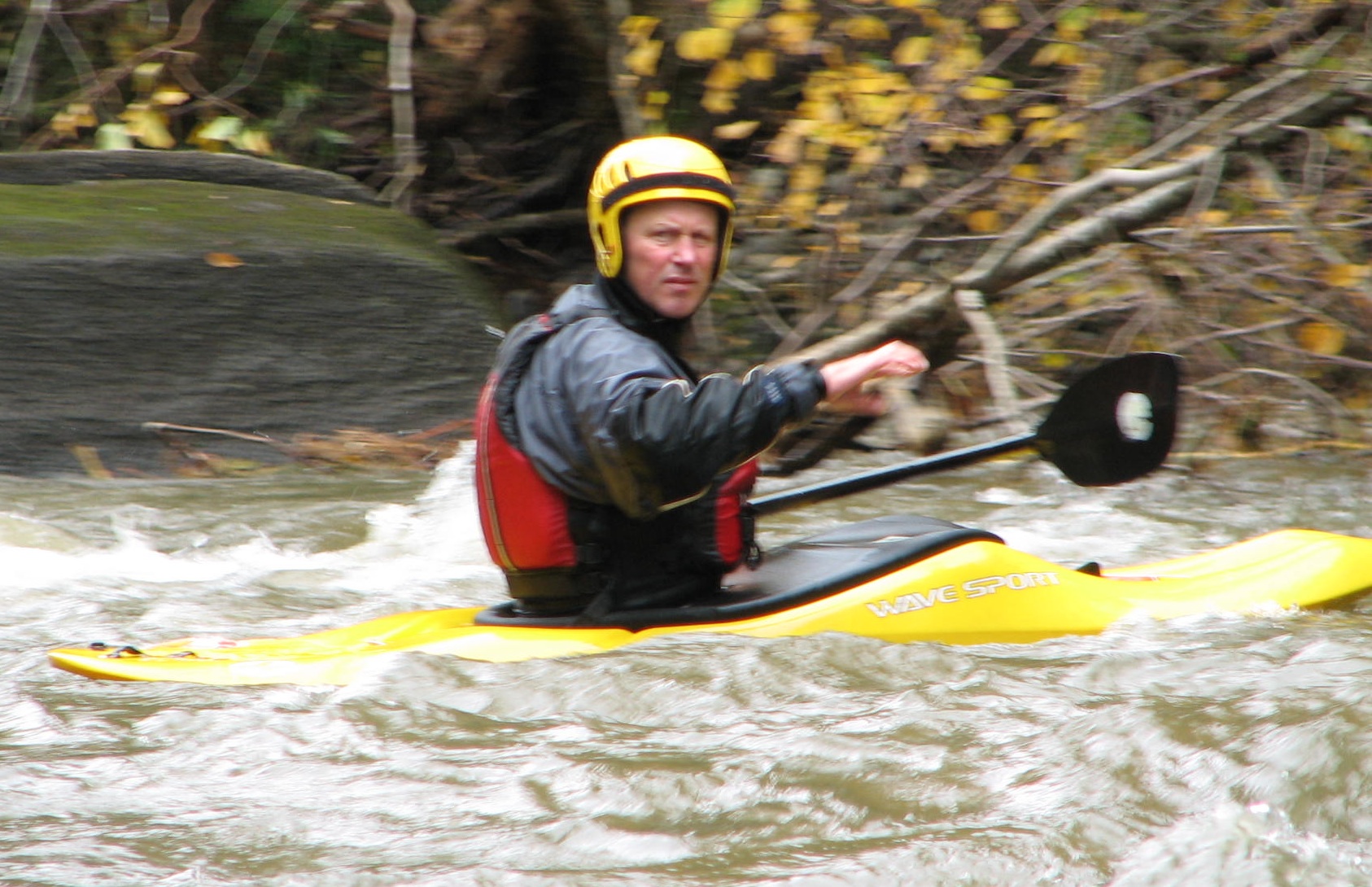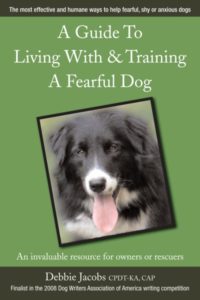
The instruction for each of these activities began in situations in which the student was most likely to be successful, and if they were not, their safety and the safety of those around them was ensured. It makes little sense to put a new driver behind the wheel and send them onto the highway, when an empty parking lot is available.
As skills are mastered the conditions for performance change. After someone is comfortable rolling their kayak in a heated pool we’d head out to a pond, or flat stretch of river. Psychologically this has an impact on a student, even if the level of difficulty has not changed. They can keep on their mask and nose clip if they prefer for comfort’s sake, but the shock of cold water, and just being in water that seems less predictable (there may be fish or rocks to contend with) will raise their level of stress. If the additional stress they experience is still tolerable, their learning curve should continue to climb. If not, they may not be able to perform whatever skills they already learned, and would not be expected to learn any new ones.
Before I even teach someone how to roll a kayak or paddle a canoe, the first skill students learn is one which is easy to perform and will be their ‘fall back’ skill in the event they are unable to perform the rolling or paddling skills they are practicing. People learning to swim will be able to grab on to the side of the pool, or put their feet down. Drivers learn how to brake.
Should they find themselves in literally ‘over their head’ a kayak paddler has the option of popping their spray skirt and floating out of their boat and swimming to shore (hopefully while hanging on to both their boat and paddle). Up until now the spray skirt has kept water out of the kayak and the paddler from sliding out of the boat. By grabbing hold of a loop at the front of the skirt and pulling, the spray skirt disconnects from around the cockpit and the paddler can lean forward and push themselves out of an upside down boat. It’s a skill that requires very little practice for a boater to become proficient at. The inclination to get out of a boat that is tipped upside down is about as natural a response as you can get. In fact learning to hang out upside down is a skill that needs to be practiced in order to roll efficiently.
When working with a fearful dog, a ‘bail out’ move should be among some of the first behaviors they learn. Our goal is usually to get our dogs to be able to move toward or interact with their triggers, but they need to be prepared to respond to situations in which they are too stressed or over their skill level. Practicing moving away from triggers can be like popping out of a kayak, since it’s something that many fearful dogs want to do anyway, it’s easy for them to learn and when super stressed, can perform with little thought.
Practice bail out moves with your dog before they find themselves struggling and too stressed to think.





